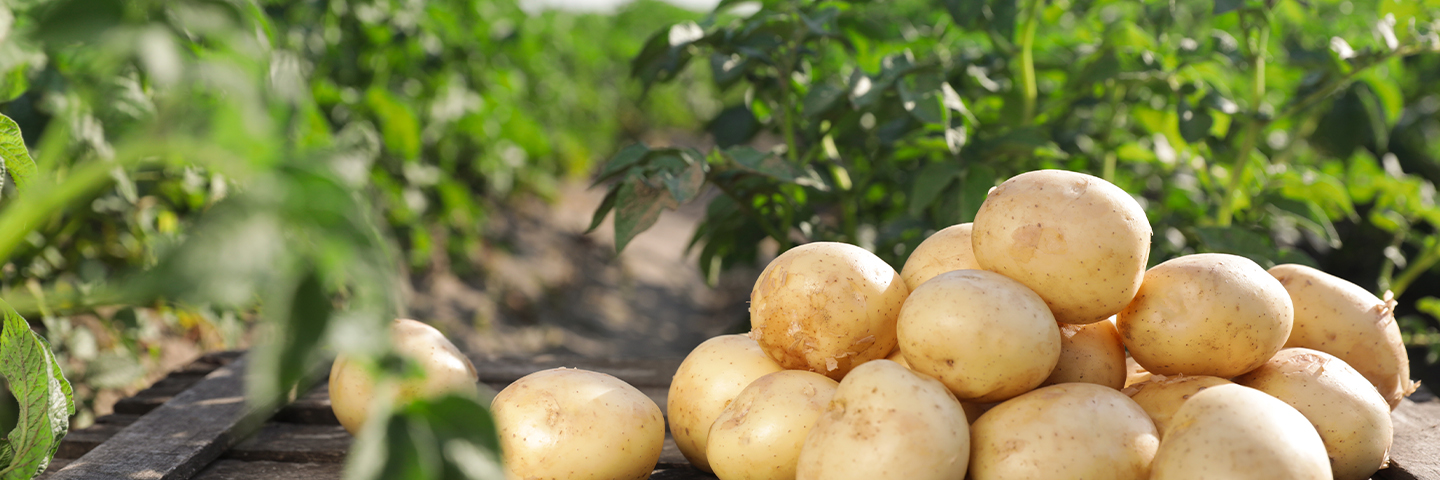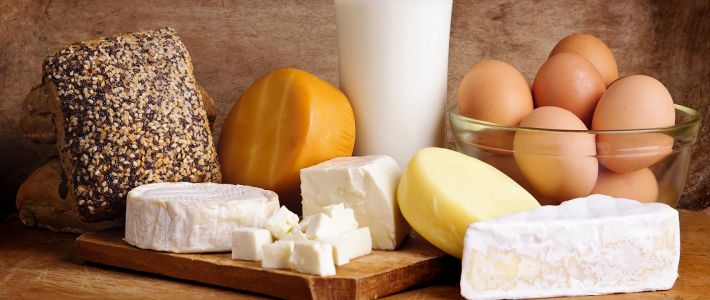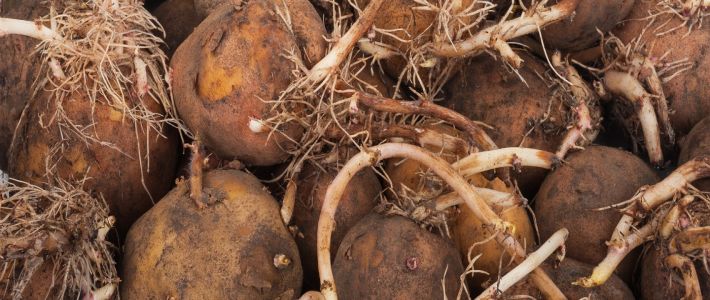
Visit our other sites
-
Fapas - Proficiency Testing
Globally recognised provider of proficiency tests, running over 400 tests annually across an extensive range of matrices and analytes
-
Great Crested Newts Testing
A single sample taken by an ecologist at any time during the newt breeding season can determine their presence or absence, saving you time and money

Method Used
LC-MS/MS
LOD (limit of detection)
1.0 mg/kg
Accreditation
ISO 17025
Standard Turnaround Time
10 working days
Fera food safety experts can identify (screen), and also quantify, residues within your food sample using state of the art GC-MS/MS and LC-MS/MS equipment. This data can be vital to ensure your products are fit for purpose, provide strong evidence to regulators and consumers that your food products are safe, and demonstrate that any residues present are below regulatory limits, or Maximum Residue Levels (MRLs).
Our triple quadrupole mass spectrometry based methods are highly efficient, and within this multi-residue screens, we test for over 450 pesticides within wide range of food and beverages.
Potato industry is expected to make significant changes in the way potatoes are stored after loss of approval for chlorpropham (CIPC). This may include use of other chemicals like maleic hydrazide and 1,4-dimethylnaphthalene.
chlorpropham
Chlorpropham is a residual herbicide and potato sprout suppressant that no longer has EU approval for use. It is moderately soluble in water, highly volatile and moderately mobile. It is not persistent in soil but may be persistent in water systems. Chlorpropham has a low mammalian toxicity but it may bioaccumulate.
maleic hydrazide
Fera’s food experts are able to analyse for maleic hydrazide within your food sample. Maleic hydrazide is a plant growth regulator, used to suppress growth and to induce dormancy in some crops. It is mostly used to reduce sprouting in stored crops, such as potatoes, onions, shallots and garlic.
Maleic hydrazide is regulated in crops to ensure correct use and to minimise consumer exposure. This results in strict maximum residue levels (MRLs) outlined by regulatory bodies to ensure traces of these pesticides do not reach harmful levels, either for humans or the ecosystem.
1,4-dimethylnaphthalene
1,4-Dimethylnaphthalene (1,4-DMN) is a plant growth regulator belonging to the chemical family of alkyl substituted naphthalenes. 1,4-DMN, as other di-methylnaphthalenes or methylated naphthalenes, are naturally occurring components, endogenous to many plants, of which potatoes.
It is important for food industry in general and potato industry in particular to ensure absence of CIPC. This issue is made more difficult as the CIPC can stay in the stores for long period leading to residues in subsequent years. In addition, it is important to test for maleic hydrazide and 1,4-dimethylnaphthalene residues to ensure compliance with MRL.
Residues are controlled through a system of statutory Maximum Residue Levels (MRLs) which are the maximum safe amounts of residue likely to remain in food products when a pesticide has been used correctly by growers adhering to good agricultural practice (GAP). Maintaining residue levels below the MRL assures regulators and consumers that these pesticides have been correctly used and in turn ensures that residues are within the regulatory limits, minimising consumer exposure.
Our standard turnaround which is 10 working days but other faster services are available - please get in touch for further details. We require only a 100g sample of your foodstuffs to ensure accurate results, but a larger sample (typically 1kg) may be required to comply with some EU and Codex regulations.
| Detail | Specification |
|---|---|
Standard Turnaround Time | 10 working days |
Method Used | LC-MS/MS |
LOD (limit of detection) | 1.0 mg/kg |
Accreditation | ISO 17025 |
Analysis of sprout suppressants in potatoes
Add Samples
Your Current Samples
Please review your sample(s). Additional sample charges may apply where applicable.
There are no samples associated with this product at this time

Copyright © 2025 Fera Science Limited (“Fera”). All rights reserved.
For further information about how Fera uses any personal data collected from you, please see our Privacy Notice at www.fera.co.uk/privacy-policy.




